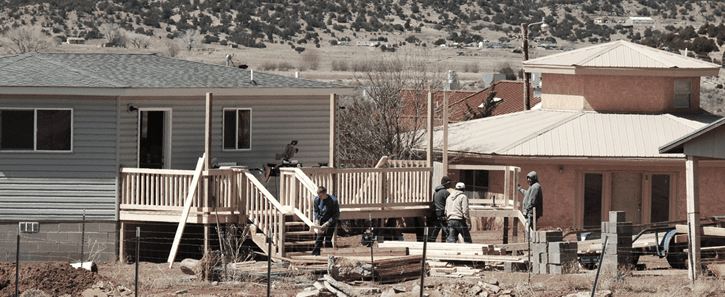
Highway of Tears (The Murders in Indian Country)

In January, Judicial Watch published a short report, “The Murders in Indian Country,” outlining the shocking rate of murders and assaults inflicted on Native American and Alaska Native women. While accurate information is scarce, surveys suggest that the women are murdered at a rate ten times the national average. The response to the Judicial Watch report was tremendous. The story bounced around social media for weeks and prompted a stream of emails.
We noted that Congress had dropped the ball last year, allowing “Savanna’s Act” to die in the House of Representatives. The bill had strong bipartisan support and would have forged new ties between law-enforcement agencies and improved data collection related to crimes against Native Americans and Alaska Natives. The bill was named for 22-year-old Savanna LaFontaine-Graywind, brutally murdered in North Dakota in 2017.
Now, Savanna’s Act is back, reintroduced in the Senate by Lisa Murkowski of Alaska and Catherine Cortez Masto of Nevada. There is an “epidemic of murdered and missing Native women and girls,” the senators said in a joint press release.
Specifically, they noted, Savanna’s Act “aims to bridge the gap of the limited data on the number of missing Native women by directing the U.S. Department of Justice to formulate new guidelines for the reporting of violent crimes against indigenous people. The bill improves tribal access to certain federal crime information databases by mandating that the Attorney General and the Secretary of the Interior consult with Indian tribes on how to further improve these databases and access to them. It also requires certain federal agencies to solicit recommendations from tribes on enhancing the safety of Native women.”
The bill mandates “the creation of standardized guidelines for responding to cases of missing and murdered Native Americans, in consultations with tribes, which will include guidance on inter-jurisdictional cooperation among tribes and federal, state, and local law enforcement.” It requires “statistics on missing and murdered Native women, and recommendations on how to improve data collection, to be included in an annual report to Congress.”
Many of the responses to the Judicial Watch story came from Canada. “My daughter is Ojibway and I am scared to death for her safety,” a reader wrote. “Teenage girls are most likely to go missing. The public must know the facts on the staggering number of missing or dead Native youth.” This mother urged us to “look into the numbers in Canada, especially out west.”
Canada? That was news to us. So we took a look. Our readers in Canada were right. It’s a disgrace and a scandal.
Many killings and disappearances in Canada center around Highway 16, the so-called “Highway of Tears,” a 450-mile stretch of desolate roadway in British Columbia. “Dozens of Canadian women and girls, most of them indigenous, have disappeared or been murdered near Highway 16,” reports the New York Times, “a remote ribbon of asphalt that bisects British Columbia and snakes past thick forests, logging towns and impoverished Indian reserves on its way to the Pacific Ocean.”
As in the U.S., there is no clear accounting of the missing and dead. A special unit of the Royal Canadian Mounted Police connected 18 cases to the Highway of Tears, the Times reported. But community activists “believe the total is closer to 50.” A detailed chart posted on Wikipedia puts the count at over 70. The numbers controversy extends to the entire country, where estimates of missing and dead women of indigenous descent range from 1,200 to more than 4,000.
The Highway of Tears is a symbol of the evil fortune fallen to indigenous women in North America in the 21st century. It also has become “a political scandal in British Columbia,” the Times noted. A national inquiry was launched in 2017, but it appears to be going nowhere. Meanwhile, the disappearances and deaths continue. In August, 18-year-old Jessica Patrick went missing in Smithers, British Columbia—a bucolic mountain town along the Highway of Tears. In September, her body was found in the forest. Exactly a year earlier, the national inquiry commission had been in Smithers for three days of hearings, seeking answers and hearing pain.
***
Micah Morrison is chief investigative reporter for Judicial Watch. Follow him on Twitter @micah_morrison. Tips: mmorrison@judicialwatch.org
Investigative Bulletin is published by Judicial Watch. Reprints and media inquiries: jfarrell@judicialwatch.org
















